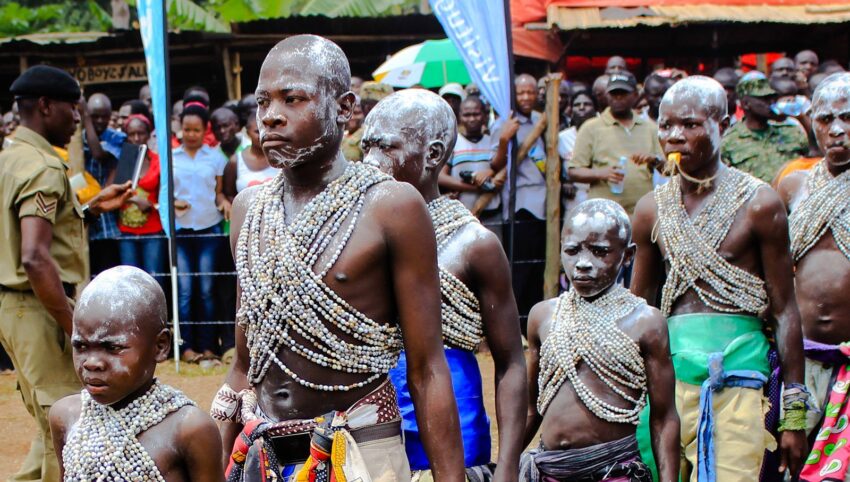“Culture” is a dynamic, ethnocentric, integrated, learned, and shared social system of knowledge, traditions, beliefs, ideas, values, roles, norms, meanings, and symbols that defines a group of people and their way of life, represents an intergenerational transfer of past experience, is influenced by internal developments and external interactions, changes over time in a process of continuous evolution, is acquired through individual and group striving, and provides for psychological needs such as belonging and prestige.
Now understanding what culture actually is, what are the elements of culture? The definitions of culture above lead us to identifying the following: actions, artifacts, attitudes, beliefs, concepts of the universe, experience, hierarchies, ideas, knowledge, meanings, norms, notions of time, religions, roles, spatial relations, symbols, traditions, and values. What’s missing? Donelson Forsyth in ‘Group Dynamics’ identifies several other cultural elements worth consideration: “Leaders, like sex, language, and groups, make the anthropologist’s list of universals that have been identified as common to all cultures and all civilizations”. He further states that, “The very idea of self may differ across cultures… Each culture, too, likely expresses its collectivism and individualism in unique ways.”
It seems the word “culture” is bigger than its definition and that there are more cultural elements to consider than there is time for which we have to write. Rather than getting into the weeds on nonsensical lists of cultural elements, it is prudent at this point, in order to better organize our thoughts, to determine our categories of cultural elements. The five primary categories of cultural elements are: Behavioral, Cognitive, Material, Political, and Symbolic.
Elements Of Behavioral Culture
- Needs & Attitudes
- Norms
- Roles & Social Hierarchies
- Rules
- Social Capital
- Virtues
Elements Of Cognitive Culture
- Beliefs, Ideas & Worldviews
- Identities
- Philosophies
- Shared Knowledge & Education
- Shared Mission & Vision
- Thought Processes
Elements Of Material Culture
- Architecture
- Arts, Clothing, Music & Literature
- Economic Practices
- Resources & Resource Allocation
- Systems of Industry & Trade
- Technology
Elements Of Political Culture
- Constitutions
- Laws & Legislation
- Political Beliefs
- Political Practices & Institutions
- Rights & Freedoms
- Systems Of Governance & Administration
Elements Of Symbolic Culture
- Communication Practices, Gestures, Sounds & Signs
- Customs & Traditions
- Heroes & Stories
- Images, Memes & Emojis
- Languages, Phrases, Taglines & Hashtags
- Religions & Rituals
Final Thought
A group’s culture should be treated as an ever-changing, rather than an ever-green, definition of that group, its people, and its way of life. When’s the last time you analyzed and reported on your group’s culture? More importantly – is your group’s culture adapting to change and being transmitted to the next generation?
Thanks for reading!
